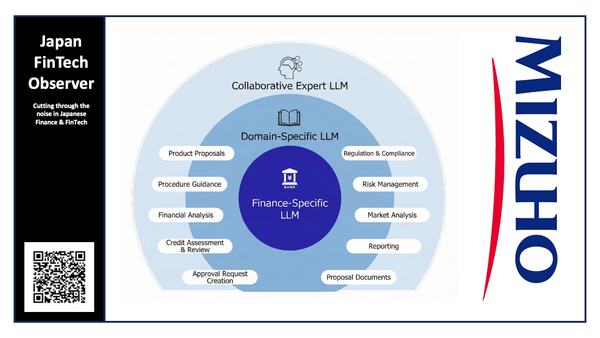S&P Global: Corporate Japan’s Cross-Border Funding Enhances Financial Flexibility

S&P Global Ratings recently hosted a webinar, "Corporate Japan’s Cross-Border Funding Enhance Financial Flexibility," focusing on the drivers, credit implications, and the relationship between corporates and domestic banks. The webinar also included coverage of new issuers, which we have excluded from this reporting on the event.
The presentation highlights that Japanese corporations are increasingly turning to overseas markets for funding, a trend driven by strategic global expansion, unfavorable domestic funding dynamics, and the inherent limits of the Japanese bond market. This diversification is seen as a positive factor supporting the financial flexibility and credit profiles of Japanese issuers.
1. Corporate Japan's Funding Outlook and Credit Implications
A. Key Drivers for Increasing Cross-Border Funding
The increase in foreign currency-denominated bond issuance, which S&P expects to continue over the next one to two years, is attributed to four main factors:
- Growth Investments and M&A Overseas: Japanese companies, particularly large rated entities, are pursuing large-scale strategic investments and acquisitions (e.g., Nippon Steel/U.S. Steel, Takeda Pharmaceutical) that require foreign currency (U.S. dollars or euros). Additionally, protectionism and the need to serve established foreign business bases (where 36-40% of production/sales already occur) create a consistent need for foreign currency fundraising.
- Low Domestic Growth Prospects: Japan's consistently low GDP growth (around 1-2%) limits opportunities for significant earnings growth at home, keeping the appetite for overseas M&A and growth investments high.
- Narrowing Interest Rate Gap: Although domestic JGB rates remain low, the total cost of funding for Japanese companies issuing in overseas markets can sometimes be lower than issuing domestically, after factoring in hedging costs. This dynamic encourages the use of foreign currency bonds.
- Small Domestic Bond Market: The Japanese corporate bond market is comparatively small (issuance of roughly 100 to 110 billion annually) and depends heavily on loans (61% of corporate funding). By contrast, the U.S. market is about ten times larger, offering a broader and more robust investor base with higher risk tolerance, making it an essential outlet for diversification.
B. Implications on Creditworthiness
The diversification of funding sources is seen as a credit positive factor for Japanese corporations, stabilizing financial management and liquidity, especially during periods of stress.
- Financial Flexibility: A broader funding base (including domestic/overseas bonds, CP, and hybrid instruments) reduces reliance on domestic investors whose risk appetite may fluctuate. A strong track record of tapping deeper overseas markets helps allay uncertainty about a company's ability to maintain liquidity.
- Case Study: Electric Power Companies (EPCOs): The removal of statutory preferential rights for bonds used by Japanese EPCOs (April 2025) eliminated an advantageous domestic funding tool. Given their persistently high investment needs and limited domestic capacity, EPCOs are now expected to increasingly rely on cross-border funding to maintain financial stability.
- Case Study: Lower-Rated Issuers: The domestic Japanese market is restrictive, with most institutional investors requiring corporate bonds to be rated 'A' or higher. For companies rated 'BBB' or below (including those facing operational challenges), the larger and deeper overseas markets provide critical access to funding that would otherwise be unavailable domestically.
2. Corporate Japan and Bank Relationship
Despite the increasing reliance on bond markets, S&P expects the strong, solid ties between Japanese corporates and their lender banks to endure.
- Bank Support: Japanese banks maintain a supportive lending stance, often providing bridge loans or hybrid loans in foreign currency to facilitate large cross-border acquisitions and refinancing. Historically, these long-standing relationships have allowed major Japanese companies to benefit from lower interest rates compared to global peers, particularly during periods of macroeconomic stress or weakening operating performance.
- Strategic Diversification: The main reason corporates raise funds directly from capital markets (including overseas bonds) is to preserve their borrowing capacity from domestic banks. By funding routine needs through the bond market, companies maintain their banking relationships so that when large, unexpected needs arise (such as massive M&A or a sharp business downturn), the capacity for new bank loans is readily available.
- Balance of Interest: While lending foreign currency to Japanese corporates may not always be highly attractive to mega-banks (due to the need to borrow foreign currency themselves and the tight spread required by corporate borrowers), banks maintain these relationships because they are essential to their core business model and the long-term domestic financing ecosystem.






